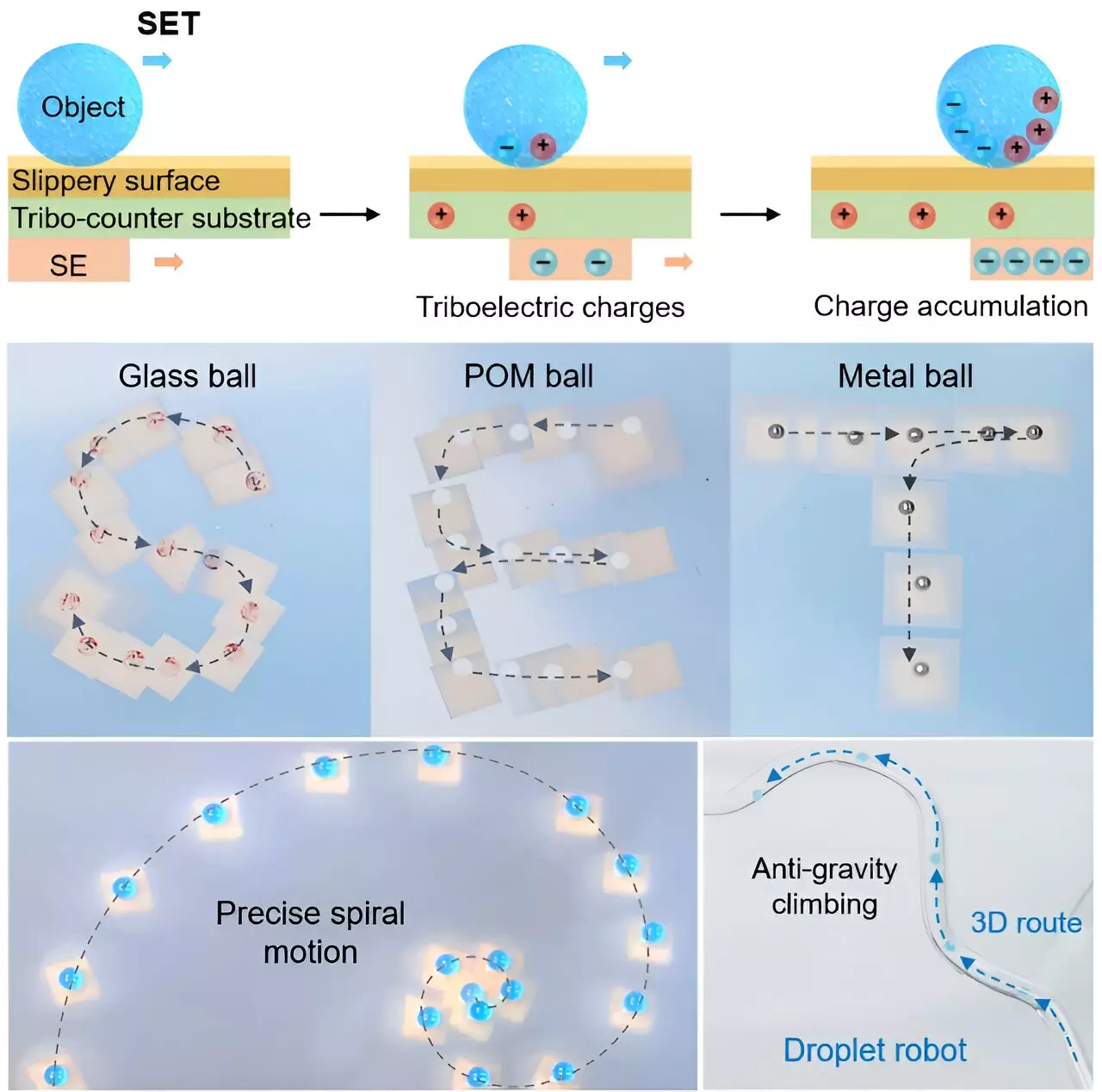In a groundbreaking advancement, researchers at the Shenzhen Institute of Advanced Technology (SIAT) have unveiled a self-powered electrostatic tweezer (SET) that promises to revolutionize how we manipulate objects using physical tools across various scientific fields. Spearheaded by Dr. Du Xuemin, this innovation addresses some of the core limitations of traditional tweezers—complexity, energy dependency, and temperature-induced complications—ushering in an era of simplicity and efficiency.
Overcoming Limitations of Traditional Tweezers
Conventional tweezers often rely on intricate electrode systems and external power sources, which limit their functionality and application. Their inability to generate sufficient triboelectric charges can hinder precise manipulation, especially in sensitive scenarios like biological research. The newly developed SET, utilizing a polyvinylidene fluoride trifluoroethylene (P(VDF-TrFE))-based self-powered electrode, circumvents these challenges. The design fosters a high surface charge density and allows for quick charge generation without the complications of heat buildup or dependency on external systems.
Mechanics Behind the Self-Powered Technology
The SET utilizes the triboelectric effect to harness energy efficiently. As the self-powered electrode slides across a dielectric substrate, it generates a surface charge density of approximately 40 nC cm-2 in mere seconds. This rapid accumulation is significant, as it can lead to immediate results in object manipulation. What sets this device apart is not just its ability to quickly gather charges but also its stability, maintaining charge levels through extensive cycles and over prolonged durations, making it ideal for long-term usage in various experimental conditions.
Versatile Applications Across Disciplines
Dr. Du emphasizes the versatility of the SET, which can handle objects ranging from bubbles and solid balls to liquid droplets with extraordinary precision. Capable of achieving velocities of up to 353 mm s-1, the applications are diverse and exciting. From splitting and merging droplets to facilitating complex cell assemblies and enabling pump-free microfluidics, this tool opens up a plethora of opportunities in scientific research and practical applications. The transition from open platforms to more enclosed environments illustrates the SET’s adaptability, reshaping how researchers approach object manipulation.
The Dawn of a New Era in Microfluidics
Perhaps the most promising aspect of the SET is its potential to redefine microfluidic systems. By eliminating the need for cumbersome electrode arrays and avoiding the pitfalls of increased temperature, it presents an elegant solution to some of the most pressing issues faced in microfluidic technology. This innovation not only enhances user experience with simplified operation but also propels research into uncharted territories, where precise object manipulation is critical.
The self-powered electrostatic tweezer stands as a remarkable leap forward in manipulation technology, poised to challenge the status quo and inspire further technological advancements. The implications of this research could indeed ripple through multiple disciplines, heralding a future where science can manipulate matter with unprecedented ease and accuracy.


Leave a Reply